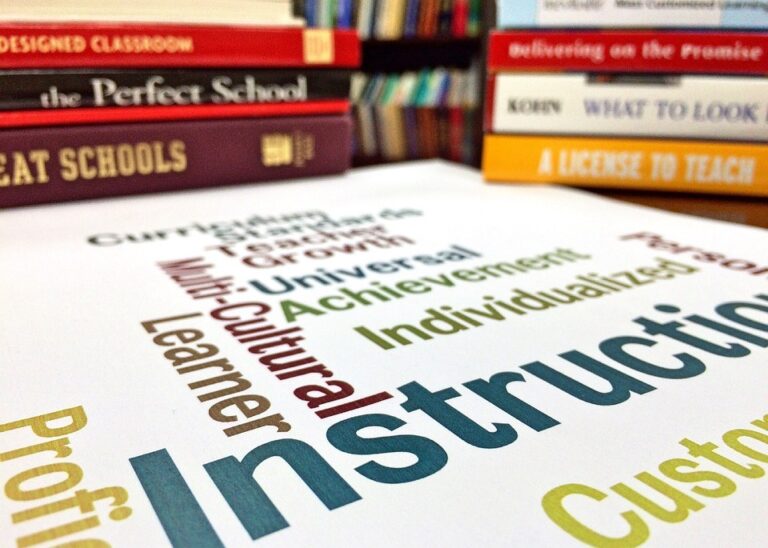Understanding Blended Learning Models: A Comprehensive Guide

In today’s rapidly evolving educational landscape, blended learning has emerged as a powerful approach that combines traditional face-to-face teaching with digital and online resources. This hybrid model not only harnesses the strengths of both worlds but also caters to the diverse needs of learners, making education more accessible, personalized, and engaging.
What is Blended Learning?
Blended learning, often referred to as hybrid learning, integrates traditional classroom experiences with online and digital tools. This approach allows educators to customize the learning process to suit individual student needs, providing a more personalized and flexible learning experience.
By leveraging technology, blended learning enables students to access educational materials at their own pace, thus promoting self-directed learning and critical thinking.
The Evolution of Blended Learning
The concept of blended learning is not entirely new. It has evolved over the decades as technology advanced and educational needs shifted. Initially, blended learning was seen as a supplementary tool, but it has now become a fundamental component of modern education systems.
The COVID-19 pandemic further accelerated its adoption as schools and universities worldwide turned to online platforms to continue education amidst lockdowns.
Why Blended Learning?
Blended learning offers numerous advantages that make it an attractive option for educators and learners alike. Here are some key benefits:
1. Flexibility and Accessibility
Blended learning provides learners with the flexibility to access educational content anytime and anywhere. This is particularly beneficial for students who have other commitments, such as work or family responsibilities, as they can learn at their own pace and convenience.
2. Personalized Learning
One of the standout features of blended learning is its ability to cater to individual learning styles and paces. Educators can tailor content to meet specific needs, ensuring that every student has the opportunity to excel.
3. Enhanced Engagement
By incorporating a mix of multimedia resources, interactive activities, and traditional teaching methods, blended learning keeps students engaged and motivated. This dynamic approach encourages active participation and fosters a deeper understanding of the material.
4. Improved Outcomes
Research has shown that blended learning can lead to better academic outcomes compared to traditional methods alone. The combination of face-to-face interaction and digital resources allows for a more comprehensive understanding of the subject matter.
Exploring Different Blended Learning Models
There are several blended learning models, each with its unique structure and benefits. Let’s explore some of the most popular ones:
1. The Rotation Model
In the rotation model, students rotate through different learning stations, typically including a mix of online and offline activities. This model can be further divided into sub-models such as:
- Station Rotation: Students rotate through stations on a fixed schedule, where each station offers a different activity or mode of learning.
- Lab Rotation: Similar to station rotation, but one of the rotations involves a computer lab where students engage in digital learning.
- Flipped Classroom: Students learn new content online before class, allowing in-class time to be used for discussions, problem-solving, and hands-on activities.
2. The Flex Model
In the flex model, the majority of the curriculum is delivered online, with teachers providing support as needed. This model is highly flexible, allowing students to progress through the material at their own pace. Teachers are available to offer guidance and answer questions, but the primary mode of learning is digital.
3. The Enriched Virtual Model
This model combines online learning with occasional face-to-face sessions. Students primarily learn through online modules but meet with their teachers for in-person classes or workshops at specific intervals.
This model is ideal for students who prefer a mostly online experience but still benefit from occasional direct interaction with educators.
4. The A La Carte Model
In the a la carte model, students have the option to take some courses online while attending others in person. This approach provides students with the flexibility to customize their learning experience based on their preferences and needs.
Implementing Blended Learning: Best Practices
To successfully implement blended learning models, educators need to consider several factors:
1. Assess Technological Infrastructure
Ensure that both students and teachers have access to the necessary technology and resources. This includes reliable internet connectivity, devices, and suitable learning platforms.
2. Provide Professional Development
Teachers must be equipped with the skills and knowledge to effectively integrate technology into their teaching practices. Offering professional development opportunities can help educators stay updated on the latest tools and strategies.
3. Foster a Supportive Learning Environment
Create an environment that encourages collaboration, communication, and experimentation. Encourage students to take responsibility for their learning and provide support when needed.
4. Monitor and Evaluate Progress
Regularly assess the effectiveness of the blended learning model and make adjustments as necessary. Collect feedback from students and teachers to identify areas for improvement.
Conclusion: The Future of Blended Learning
As education continues to evolve, blended learning models will play an increasingly important role in shaping the future of learning. By embracing this approach, educators can create more inclusive, engaging, and effective learning experiences for all students.
Whether you’re an educator looking to implement blended learning in your classroom or a student seeking a more personalized learning journey, understanding these models is the first step towards unlocking the full potential of education in the digital age.






